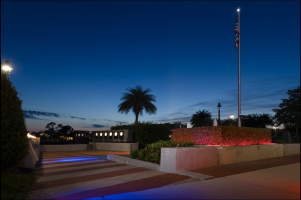The 1D range has always opted for quality rather than quantity where resolution is concerned, but I thought I would take a different angle on the discussion:
Perhaps I have been influenced by the recent UK Elections, but worried by the 'suggested' resolution, I have been looking at the statistics for the EOS-1D range...
View attachment 187832
So, throwing photography, hopes and wishes out of the window, and taking into account
ONLY the date and resolution of the 'normal' bodies (i.e. not the 's' or 'C' ranges), then the suggestion of a 20MP sensor looks entirely wrong. 22.3MP would be a direct continuation of the development/evolution of the '1D X' series. Something around 24MP would start to bring the sensor size back in line with previous incremental developments (24.4MP being the statistically predicted resolution), with 28MP being the data point that best matches the evolution from 1D to 1D MkII, as well as from 1D MkIII to 1D MkIV.
I would like to see the sensor around 24MP, not least because I have just exchanged my 1D X as a deposit against the MkIII. However, even if the resolution remains around 20MP, developments in the DIGIC processors et al. would help to produce improvements in AF, dynamic range, low light capabilities and shooting speed. I would welcome improvements in the low light capabilities and dynamic range over image resolution.

